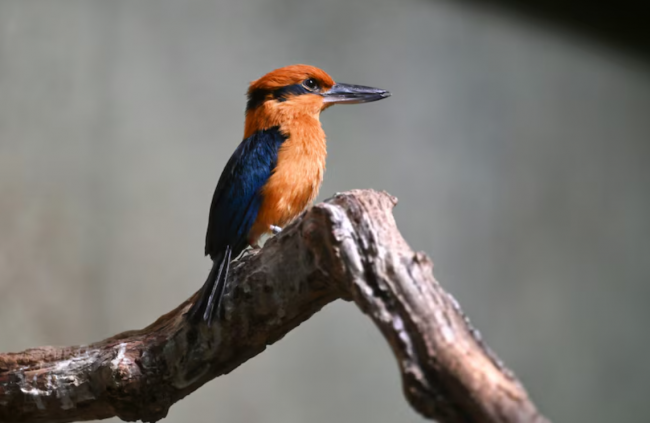Articles Menu

Oct. 9. 2024
Earth’s wildlife populations have fallen on average by a “catastrophic” rate of 73 percent in the past half-century, according to a new analysis the World Wildlife Fund released Wednesday.
The WWF and the Zoological Society of London track 5,495 species of amphibians, birds, fish, mammals and reptiles around the world through the Living Planet Index, and the database shows the extent to which human activity is decimating them. Freshwater populations fell by an average of 85 percent, according to the new Living Planet report, while terrestrial populations by 69 percent and marine populations by 56 percent in the five decades between 1970 and 2020.
“It really does indicate to us that the fabric of nature is unraveling,” Rebecca Shaw, WWF’s chief scientist said of the report’s findings.
Euan Ritchie, a professor of wildlife ecology and conservation at Deakin University in Melbourne, Australia, who was not involved in the report, said working in conservation involves “experiencing trauma on a daily basis.” He compared it to an art lover’s reaction if three-quarters of the contents of the Louvre had disappeared.
“This is what’s happening to our nature; we’re watching it be destroyed before our eyes,” Ritchie said.
Habitat destruction and loss — driven primarily by human food production, including clearing rainforest to make way for cattle ranches — ranks as the top cause of population declines. About 40 percent of all habitable land on Earth is used for food production, the report notes.
“To maintain a living planet where people and nature thrive, we need action that meets the scale of the challenge,” the report says. It calls for “nothing less than a transformation of our food, energy and finance systems.”
Individuals can also help make a difference in their food choices, Shaw said, particularly around food waste and eating less animal protein, because raising plants uses less land.
“The time for action is now, and it needs to be big action and concerted and focused both on climate and nature in order to reverse the trends,” she said.
Humans are decimating animal populations in other ways, including through overexploitation, invasive species, disease, climate change and pollution. The report called for renewed focus on and funding for existing international goals, such as to conserve and protect 30 percent of lands, oceans, coastal areas and inland waters by 2030.
Both individuals and governments should take responsibility for how their actions play a role in whether we can save nature, Ritchie said. The report noted that while Europe and Central Asia had the lowest rate of wildlife population decline, those regions rely on imports from more nature-rich parts of the world and have the highest “ecological footprint of consumption.”
“What we eat, what we wear, where we travel, all those things have impacts not just in our local area, but in many cases, globally,” he said.
[Top photo: A male Guam kingfisher is seen in an enclosure at the Sedgwick County Zoo in Wichita. The species is native to Guam, but an invasive snake has made the bird endangered. (Matt McClain/The Washington Post)]
